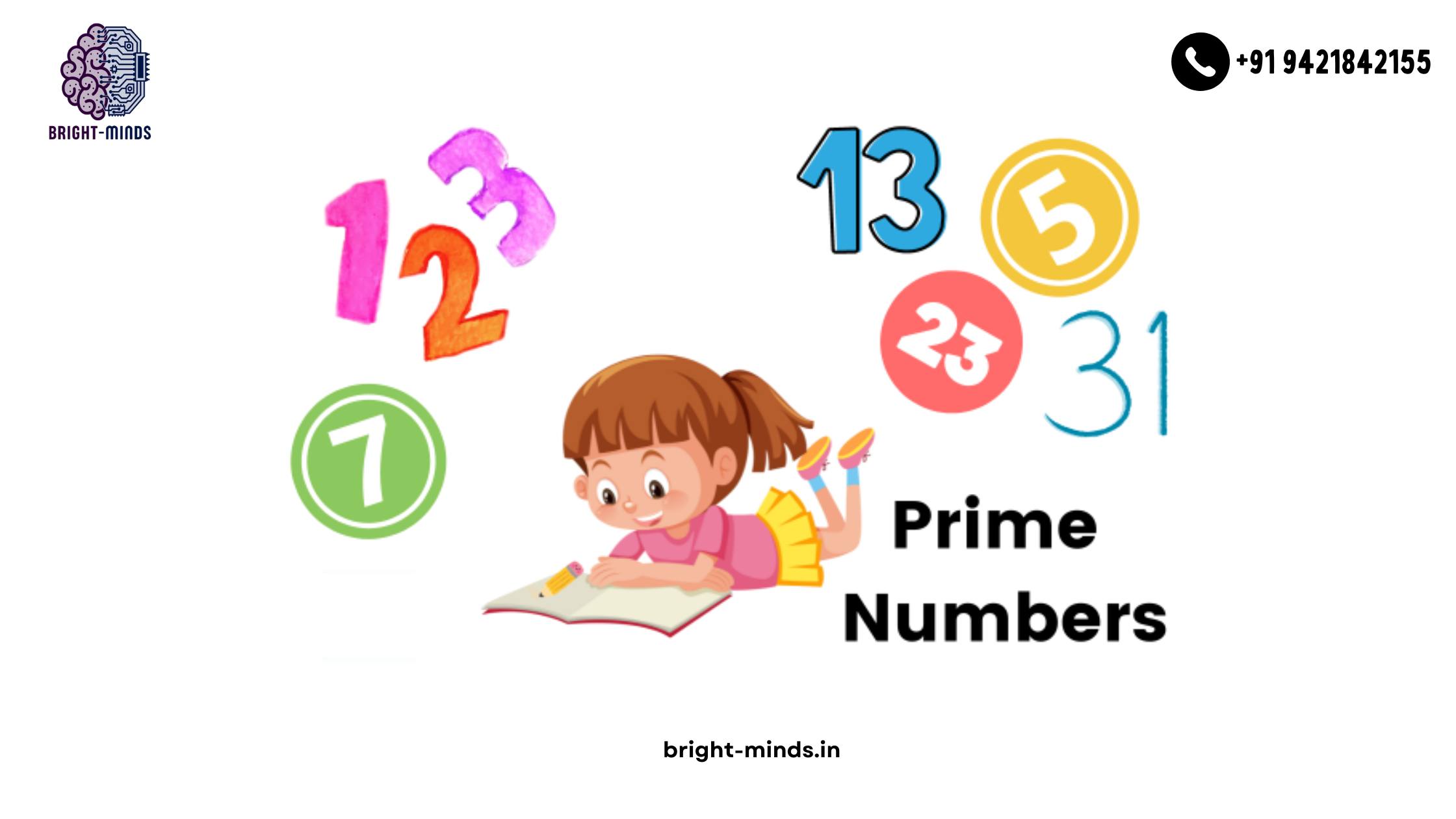What Are Prime Numbers?
Special numbers that can only be divided by one and themselves are known as prime numbers. This indicates that they contain precisely two factors—neither more nor less!
For instance:
- Since 2 can only be split by 1 and 2, it is a prime number.
- Since 3 can only be split by 1 and 3, it is a prime number.
- Since 5 can only be split by 1 and 5, it is a prime number.
However, because it contains more than two factors, 4 is not a prime number: 1, 2, and 4.
List of Prime Numbers from 1 to 50
Here is a list of the prime numbers between 1 and 50: 2, 3, 5, 7, 11, 13, 17, 19, 23, 29, 31, 37, 41, 43, 47
Why Are Prime Numbers Important?
Math, coding, and even cybersecurity all depend on prime numbers! Children can develop a solid foundation in multiplication, division, and number patterns by learning prime numbers.
Fun Tricks to Find Prime Numbers
- Two is the only even prime number and the smallest prime number.
- Not All Prime Numbers Can Be Divided by 2, 3, or 5: Most prime numbers do not terminate in 0, 2, 4, 5, 6, or 8 after 5.
- Apply the Divisibility Test: A number is not a prime number if it can be divided by any other number except 1 and itself.
- By marking out multiples of each prime, the Sieve of Eratosthenes is a straightforward technique for locating all prime numbers up to a specific limit.
- Recall the Prime Number Pattern: Although not all numbers in this form are prime, prime numbers generally follow the pattern 6n ± 1 after 2 and 3.
Prime Numbers vs. Composite Numbers
- Prime numbers have only two factors (1 and the number itself). Example: 7
- Composite numbers have more than two factors. Example: 8 (1, 2, 4, 8)
- 1 is neither prime nor composite because it has only one factor: itself.
How Prime Numbers Are Used in Real Life
- Cryptography: Applied to encryption and online security.
- Nature: In honeycombs, spiral designs, and flower petals.
- Music: Prime number sequences are used in several musical scales and rhythms.
- Science and Space: Coding signals from space is made easier by prime numbers.
Easy Prime Number Activities for Kids
- Circle every prime number from 1 to 100 on a number chart to complete the Prime Number Hunt.
- Make a bingo game with prime numbers by creating Prime Number Bingo.
- Prime Number Storytelling: Use prime numbers as characters to create an entertaining tale!
- Make a prime number puzzle in which children must locate the prime numbers that are missing.
- Create patterns with just prime numbers for stages in this math art project.
Conclusion
An essential first step in learning math is comprehending prime numbers. They support logical reasoning, problem-solving, and even computer security! Kids may easily learn prime numbers by using these entertaining games and tips.
It might be helpful
Months & Festivals Words & Sentences
Basic Mathematics for Class 1-3: Building Strong Foundations

